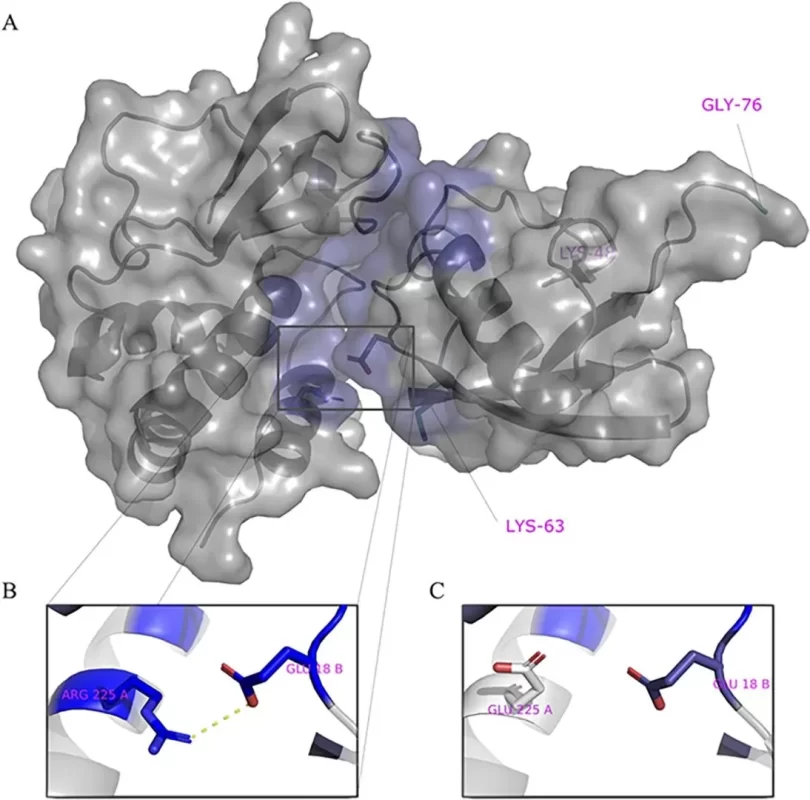Ebola, a virus notorious for its devastating impact primarily in sub-Saharan Africa, has once again found itself under the scrutiny of scientists. In a groundbreaking study published in PLOS Biology, researchers from Canada and the U.S. have uncovered a novel mechanism through which Ebola replicates within the human body.
Led by experts from Université de Montréal, Rutgers University, and the University of Texas Medical Branch (Galveston), this collaborative effort delves deep into the intricate interactions between the virus and a human protein known as ubiquitin.
« By combining experimental and computational techniques, we’ve made significant strides in understanding how the Ebola virus VP35 protein interacts with ubiquitin chains, » explains co-author Rafael Najmanovich from Université de Montréal.
The study leveraged advanced computational modeling to predict the binding interface between the viral protein and ubiquitin chains, offering invaluable insights into potential targets for drug intervention.
« This discovery not only enhances our comprehension of Ebola’s mechanisms but also provides a promising pathway for the development of more effective therapies, » Najmanovich adds. « We’re now poised to design drugs capable of disrupting this critical interaction and impeding viral replication. »
Ebola’s notoriety stems from its devastating outbreaks and high mortality rates, underscoring the urgent need for effective treatments. By unraveling the molecular intricacies of Ebola virus replication, this research sheds light on essential proteins and pathways involved in the process.
Through a combination of molecular biology, biophysics, and computational techniques, the researchers elucidated both structural and functional aspects of viral and human proteins crucial for the Ebola virus replication cycle.
A key revelation from the study is the identification of an additional interaction for VP35, a pivotal viral protein implicated in replication. This newfound understanding highlights the intricate dance between Ebola and the host immune system, showcasing the virus’s adeptness at evading detection and hijacking host defenses.
« This study underscores the importance of delving into the complexities of viruses like Ebola and devising innovative strategies to combat them, » Najmanovich emphasizes. « By contributing to the quest for accessible and effective treatments, we’re playing a crucial role in the battle against infectious diseases. »
In the ongoing fight against Ebola and other deadly pathogens, every breakthrough brings us one step closer to safeguarding public health and preventing future outbreaks.
Provided by University of Montreal







